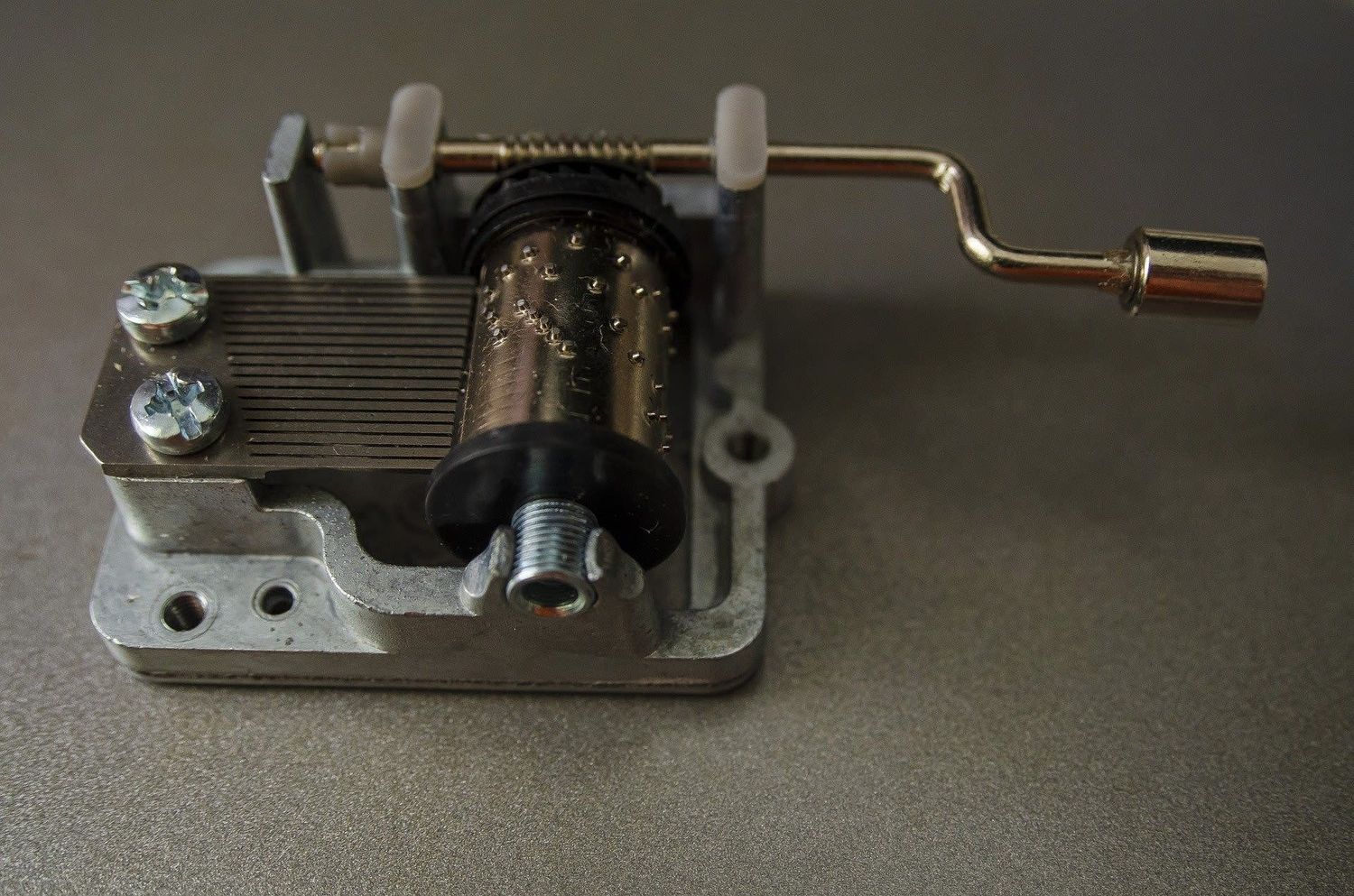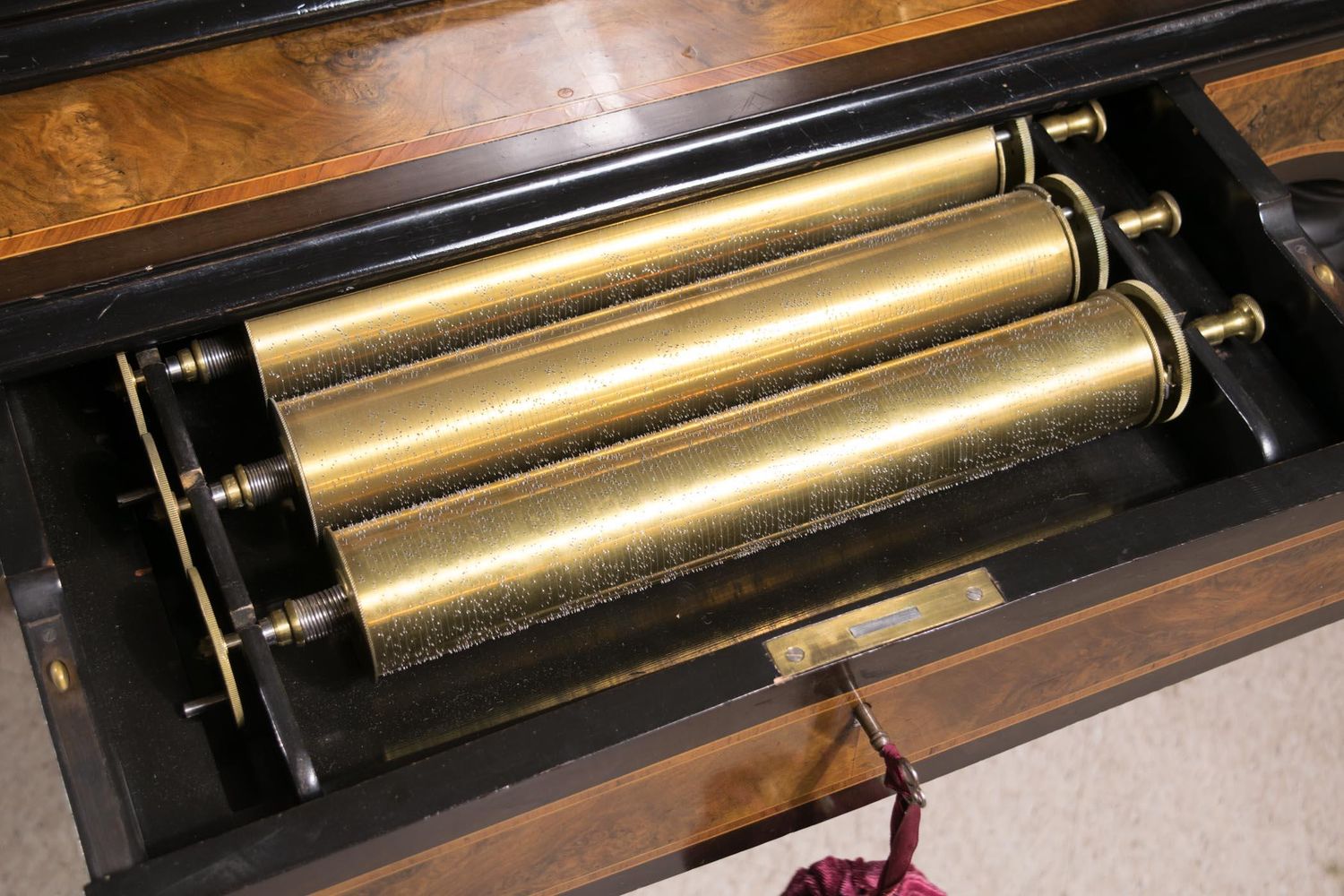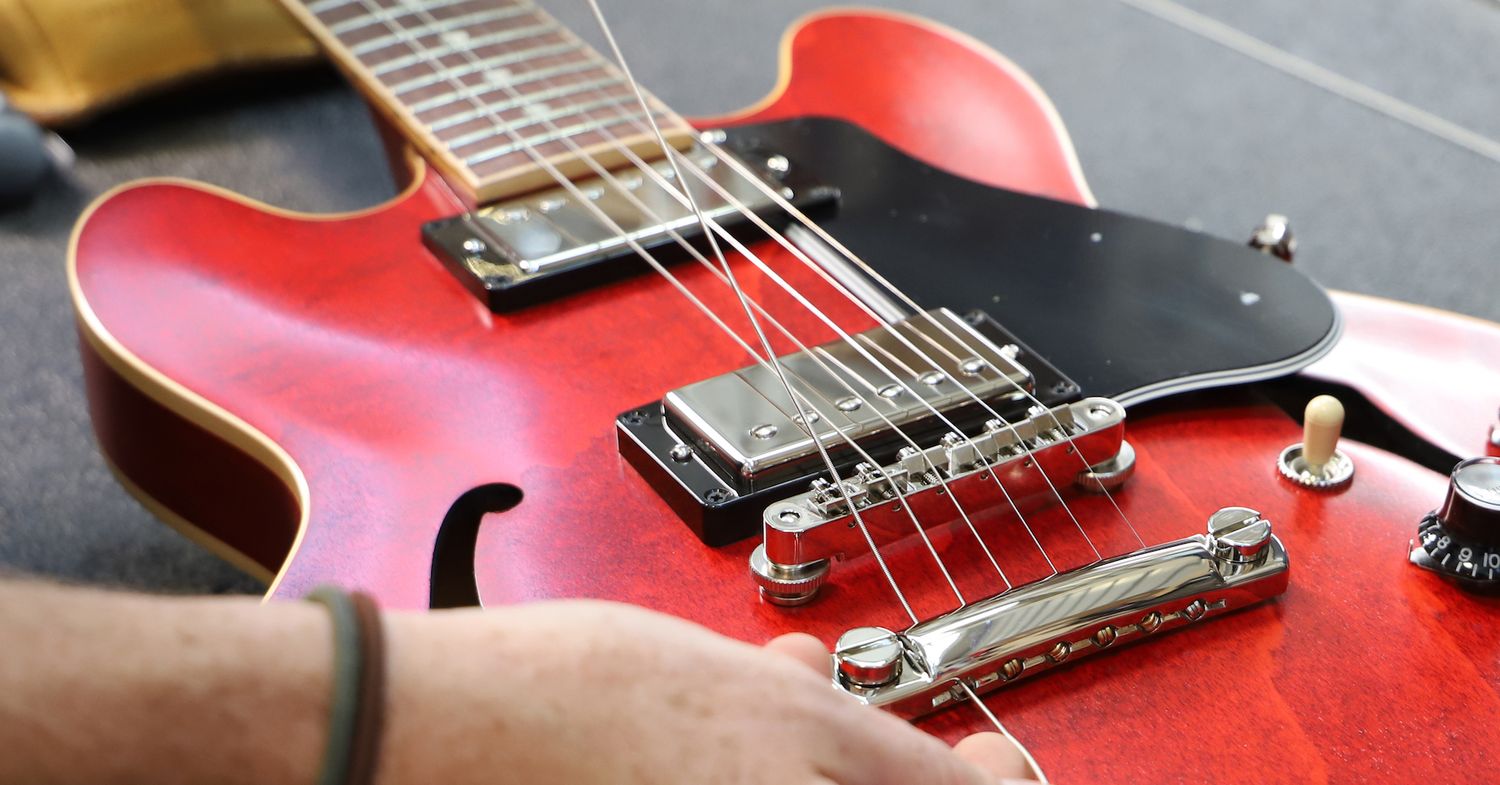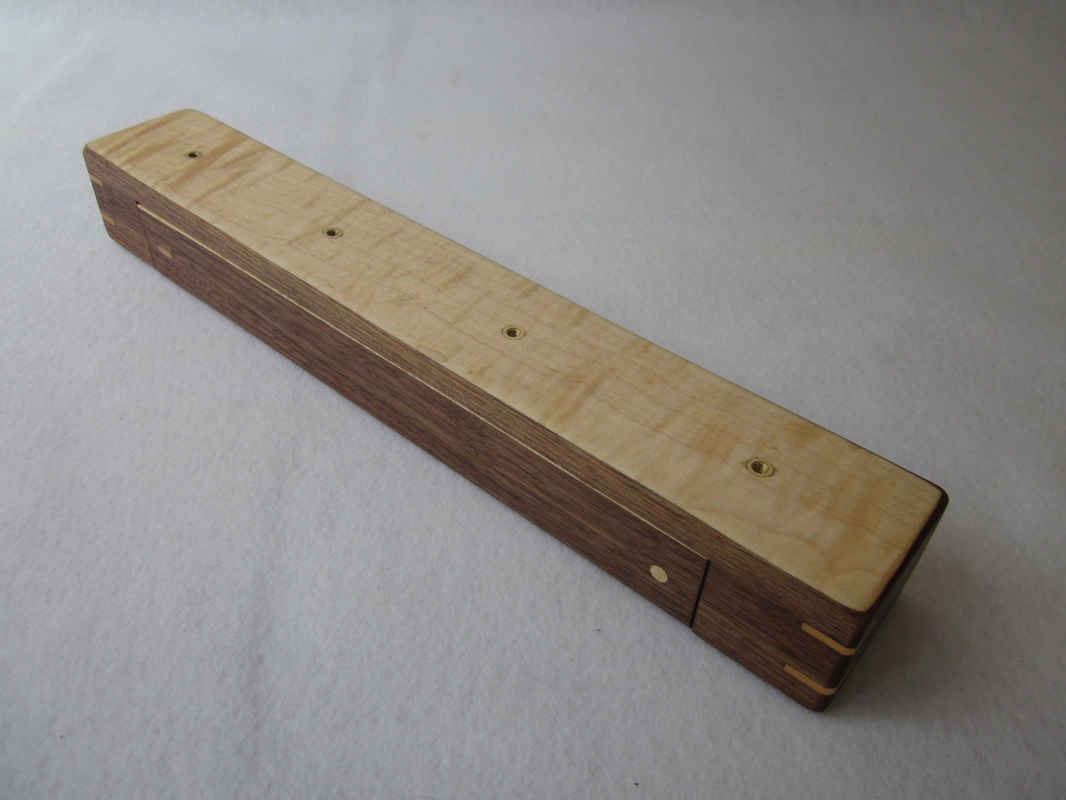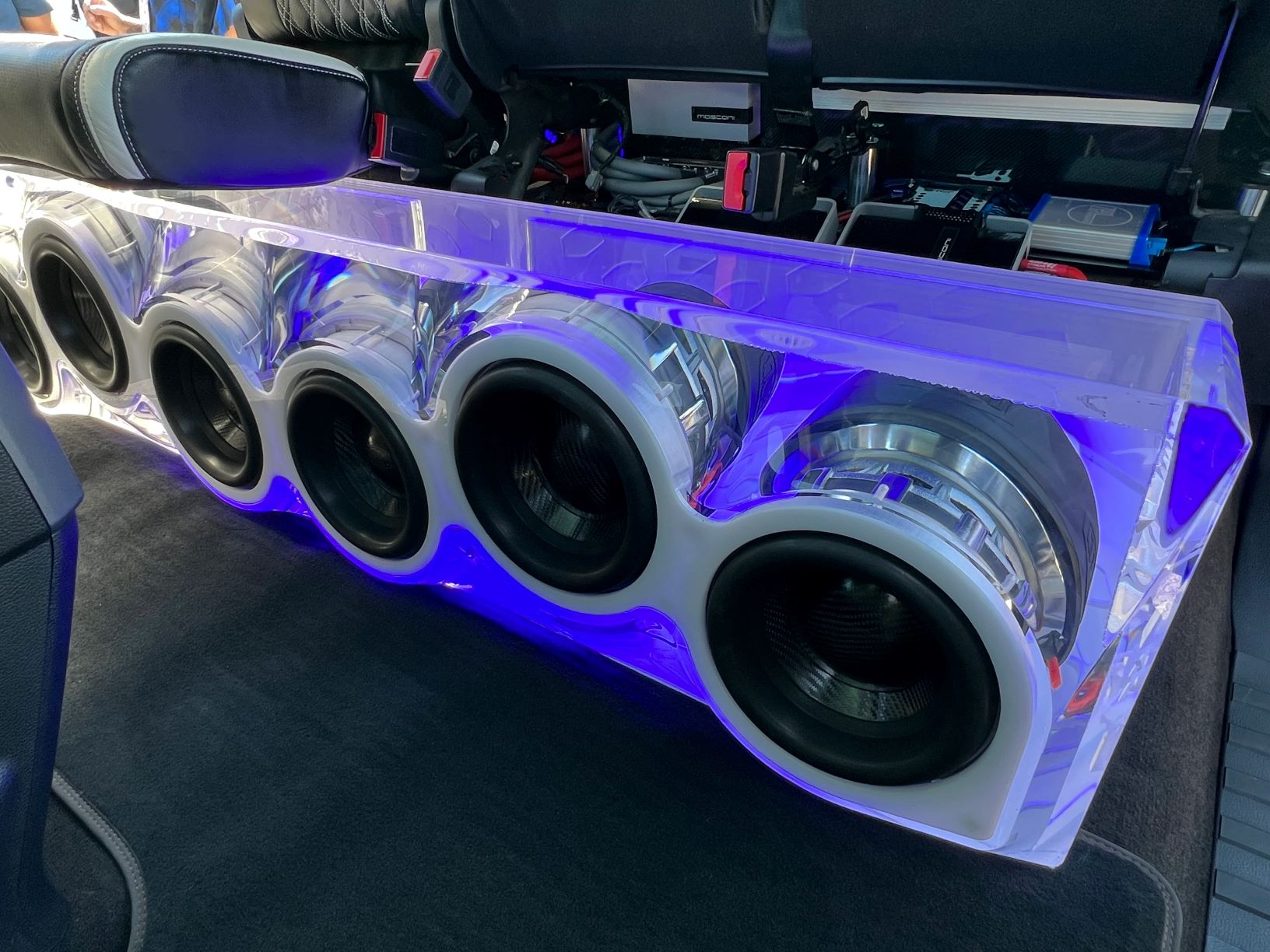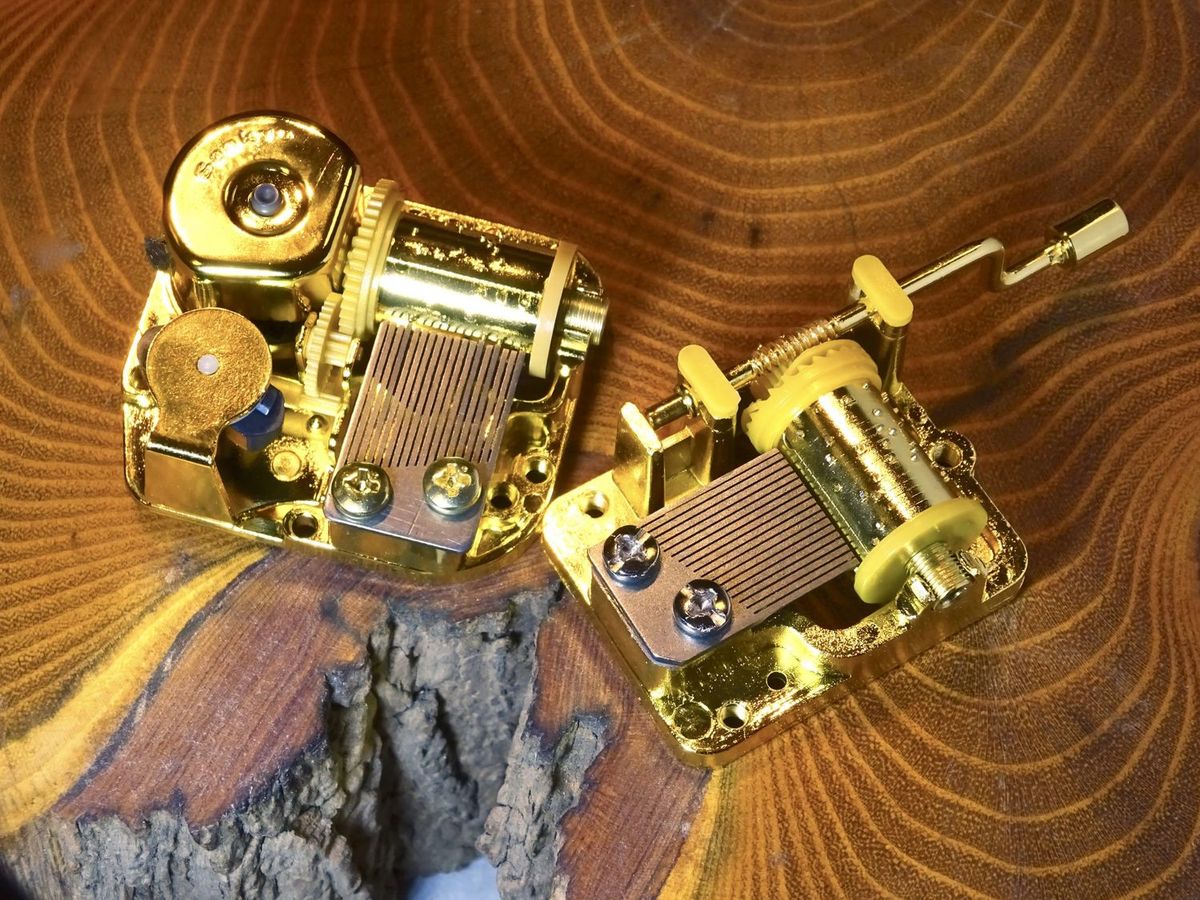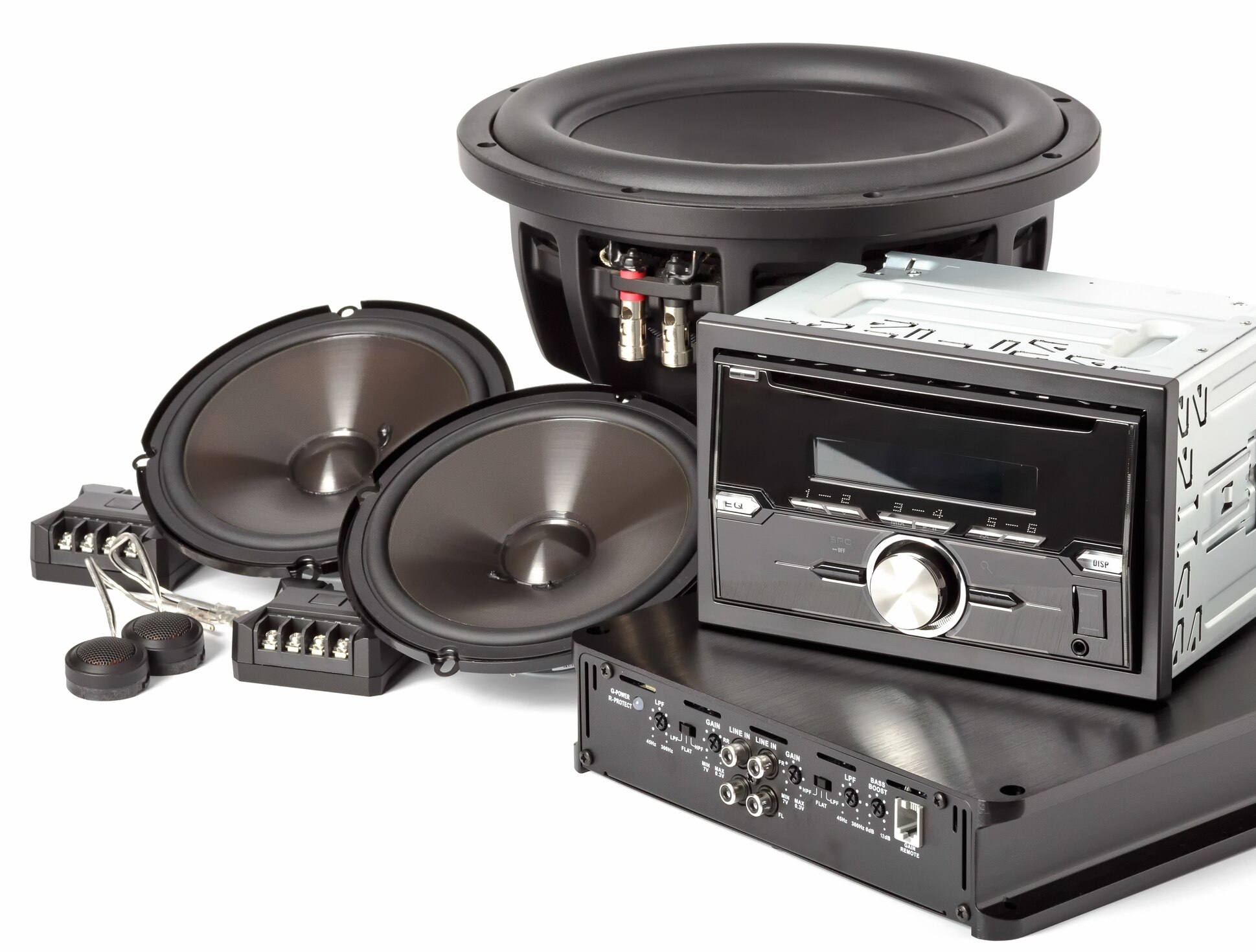Home>Production & Technology>Audiophile>How To Make An Audiophile Strip Electrical Outlet Box
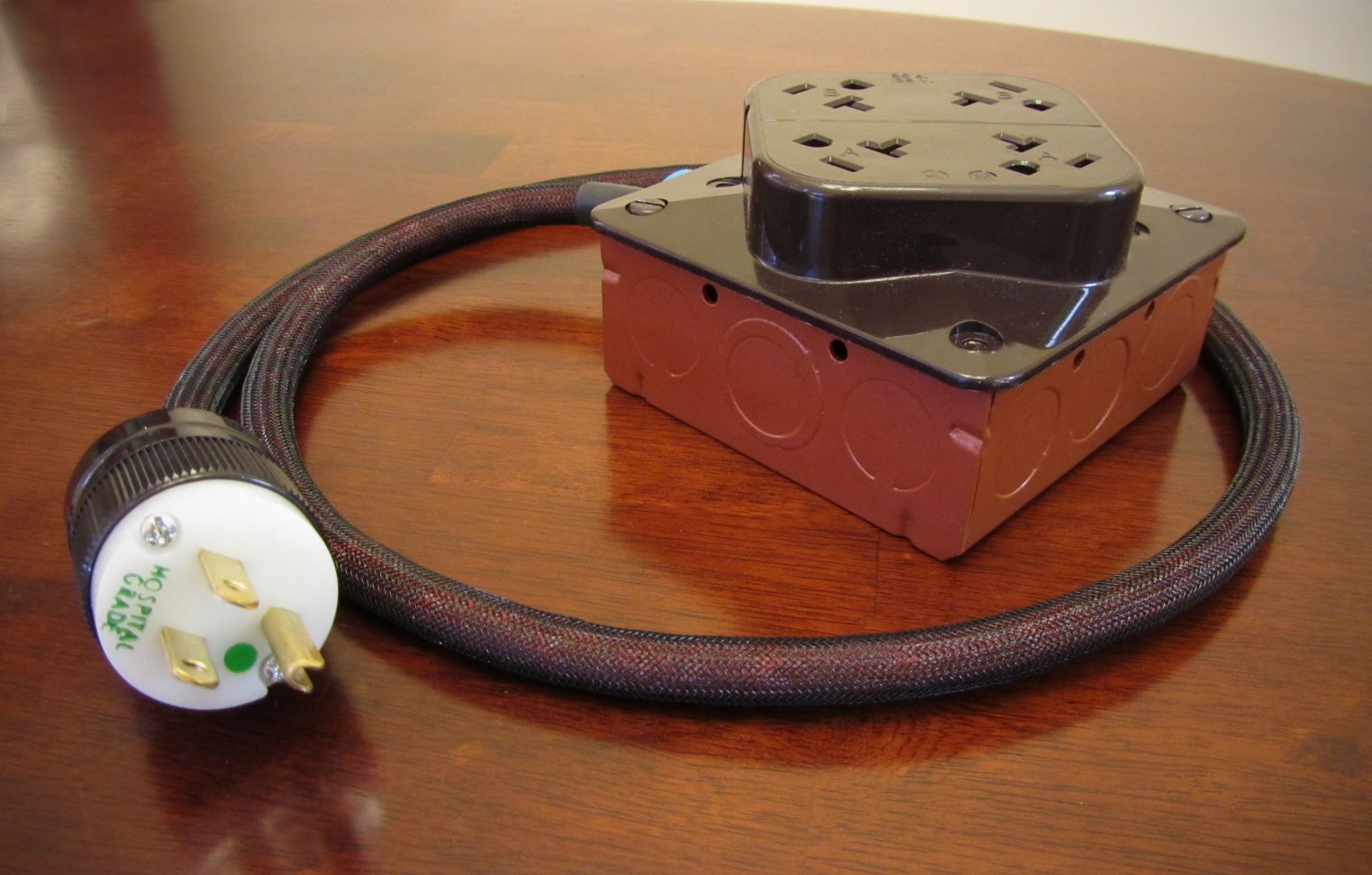

Audiophile
How To Make An Audiophile Strip Electrical Outlet Box
Modified: January 22, 2024
Learn how to create an audiophile-approved strip electrical outlet box with our step-by-step guide. Enhance your audio listening experience with this DIY project.
(Many of the links in this article redirect to a specific reviewed product. Your purchase of these products through affiliate links helps to generate commission for AudioLover.com, at no extra cost. Learn more)
Table of Contents
Introduction
Are you an audiophile looking to elevate your audio setup? One way to enhance your listening experience is by ensuring that your electrical outlets are optimized for the best audio performance. In this article, we will guide you through the process of creating an audiophile strip electrical outlet box.
An electrical outlet box is a critical component of your home’s electrical system. It houses the power outlets and provides the necessary connections for your audio equipment. By optimizing the outlet box, you can minimize electrical interference and achieve cleaner power delivery to your audio components.
To create an audiophile strip electrical outlet box, you will need some basic materials and tools. Don’t worry if you’re not an experienced electrician – this DIY project is fairly straightforward and can be done by most individuals with minimal electrical knowledge. Just follow the steps outlined in this guide, and you’ll be well on your way to a better audio experience.
Before we dive into the step-by-step process, let’s take a moment to understand why optimizing your electrical outlets is essential for audio performance. Electrical interference, also known as electrical noise, can degrade the audio signal and introduce unwanted artifacts into your music playback. This interference can come from various sources, such as appliances, fluorescent lighting, and even other electronic devices in your home. By minimizing this interference, you can enjoy a cleaner and more accurate audio reproduction.
Creating an audiophile strip electrical outlet box involves a few key steps, including preparing the outlet box, installing the grounding wire, connecting the wires to the outlet, and securing the box properly. By following these steps, you’ll be able to create a high-quality electrical connection that ensures an optimal audio experience.
Now that we have a brief overview of what we’ll be covering, let’s move on to the materials and tools you’ll need for this project.
Materials and Tools Needed
Before you begin creating your audiophile strip electrical outlet box, make sure you have the following materials and tools on hand:
- Electrical outlet box – Choose a high-quality box that is suitable for your setup. Look for one with proper grounding capabilities and enough space to accommodate multiple outlets.
- Electrical outlets – Select good-quality outlets that are designed for audio applications. These outlets typically have enhanced grounding features and better noise reduction properties.
- Grounding wire – You’ll need a length of high-quality grounding wire to ensure proper electrical grounding. Make sure the wire is rated for the electrical load of your audio equipment.
- Wire strippers – These will be used to strip the insulation off the wires for proper connection.
- Screwdriver – You’ll need this tool to secure the outlets and outlet box in place.
- Wire nuts – These are used for connecting and securing the wires together.
- Electrical tape – Use this to insulate the wire connections and provide added safety.
- Measuring tape – This will come in handy to ensure accurate positioning of the outlets.
These are the basic materials and tools required for creating an audiophile strip electrical outlet box. Depending on your specific setup and preferences, you may also need additional items such as a voltage tester, wire connectors, and a level. Remember to choose high-quality materials to ensure the best performance and long-term durability.
Once you have gathered all the necessary materials and tools, you are ready to proceed with the step-by-step process. In the next section, we will guide you through the first step of preparing the electrical outlet box.
Step 1: Gather the necessary materials
Before you get started on creating your audiophile strip electrical outlet box, it’s essential to gather all the necessary materials. Having everything prepared beforehand will make the process smoother and more efficient. Here’s a list of the materials you’ll need:
- Electrical outlet box – Choose a high-quality, durable box that meets the requirements for your specific setup. Look for features like proper grounding capabilities and sufficient space to accommodate multiple outlets.
- Electrical outlets – Opt for outlets designed for audio applications. These outlets are typically constructed with enhanced grounding features and noise reduction properties, which can help improve audio performance.
- Grounding wire – Select a high-quality grounding wire that is suitable for the electrical load of your audio equipment. The wire should be rated for the appropriate amperage and length you require.
- Wire strippers – These tools will be used to strip the insulation off the wires, allowing for proper connection.
- Screwdriver – Ensure you have a screwdriver that fits the screws on the outlets and the outlet box. This will be used to secure the outlets and box in place.
- Wire nuts – These small connectors are essential for securing and connecting the wires together. Make sure you have the appropriate size for the wires you’ll be working with.
- Electrical tape – Use electrical tape to insulate the wire connections and provide an added layer of safety.
- Measuring tape – Having a measuring tape on hand will help ensure precise positioning of the outlets.
Once you have gathered all the necessary materials, you can proceed to the next step of preparing the electrical outlet box. It’s important to choose high-quality materials that will ensure optimal performance and long-term durability for your audiophile setup.
In the next section, we will guide you through the process of preparing the electrical outlet box for installation.
Step 2: Prepare the electrical outlet box
Now that you have gathered all the necessary materials, it’s time to prepare the electrical outlet box for installation. Follow these steps to ensure a proper and secure setup:
- Turn off the power – Before doing any work on the electrical outlet box, make sure to turn off the power supply at the main breaker. This will ensure your safety during the installation process.
- Remove the existing outlet – If there is an existing outlet in the box, carefully unscrew the cover plate and remove the outlet from the box. Take note of the wiring connections and how the outlet is mounted.
- Inspect the box – Examine the electrical outlet box for any damage or signs of wear. If there are any issues, replace the box with a new one to ensure a secure installation.
- Clean the box – Remove any debris or dust from the inside of the box using a clean cloth or a small vacuum cleaner. A clean box will provide a better connection and help maintain the integrity of your audio setup.
- Install cable clamps – If your box doesn’t already have cable clamps, install them now. Cable clamps help secure the electrical wires and prevent them from coming loose over time.
- Check for proper grounding – Ensure that there is a grounding screw or clip inside the box. This is important for establishing a proper electrical grounding connection. If there isn’t one, consult an electrician to address the issue.
By following these steps, you will be able to properly prepare the electrical outlet box for the next stage of the installation process. Remember to always prioritize safety and, if needed, consult a professional electrician for any assistance or guidance.
In the next section, we will discuss the importance of installing the grounding wire for your audiophile strip electrical outlet box.
Step 3: Install the grounding wire
The grounding wire is a crucial component of your audiophile strip electrical outlet box as it helps ensure safety and minimize electrical interference. Follow these steps to install the grounding wire properly:
- Locate the grounding screw – Inside the electrical outlet box, you will find a designated grounding screw. It is typically green in color and may be labeled as the “grounding terminal.”
- Prepare the grounding wire – Measure the length of the grounding wire needed to reach the grounding screw from where it will be connected. Use wire cutters to cut the wire to the appropriate length.
- Strip the wire – Use wire strippers to remove about half an inch of the insulation from both ends of the grounding wire.
- Attach the wire to the grounding screw – Wrap one end of the grounding wire around the grounding screw in a clockwise direction. Use a screwdriver to secure the wire tightly to the screw.
- Connect the other end of the grounding wire – Look for a grounding point on the box, often located near the grounding screw. Attach the other end of the grounding wire to this point, ensuring a secure connection.
Proper installation of the grounding wire is essential for your safety and to minimize electrical interference in your audio setup. It helps redirect any potential electrical surges or stray currents safely into the ground, protecting both your equipment and yourself.
Remember to double-check the tightness of the connections to ensure a secure and reliable grounding system. If you have any doubts or concerns, it is advisable to consult a qualified electrician for assistance.
In the next section, we will cover the process of connecting the wires to the electrical outlet, which is the next crucial step in creating your audiophile strip electrical outlet box.
Step 4: Connect the wires to the outlet
With the grounding wire securely installed, it’s time to connect the wires to the electrical outlet in your audiophile strip electrical outlet box. Follow these steps to ensure a proper and reliable connection:
- Identify the wires – Inside the electrical outlet box, you will find a set of wires. Typically, there will be a black (hot) wire, a white (neutral) wire, and a green or bare copper (ground) wire.
- Strip the wire ends – Use wire strippers to carefully strip about half an inch of insulation from the end of each wire. Take care not to damage the underlying wire strands.
- Attach the wires to the outlet – Depending on the type of outlet you’re using, you will find a series of screw terminals or holes. Follow the instructions provided with the outlet to determine the correct method of connection.
- Connect the hot (black) wire – Most outlets will have two brass-colored screw terminals. Loosen the screws and wrap the exposed end of the hot (black) wire clockwise around one of the screws. Tighten the screw securely to establish a solid connection.
- Connect the neutral (white) wire – Locate the silver-colored screw terminal on the outlet. Loosen the screw and wrap the exposed end of the neutral (white) wire clockwise around it. Again, tighten the screw firmly to ensure a solid connection.
- Connect the ground wire – Depending on the outlet design, you may find a green screw terminal or screw for the ground wire. Attach the exposed end of the bare copper or green wire to this terminal, securing it tightly.
After securely connecting the wires, gently tug on each wire to ensure they are firmly attached. Additionally, double-check that no stray strands of wire are protruding, which could cause a short circuit or other issues.
It’s essential to follow the instructions provided with the outlet you’re using, as different outlets may have specific requirements for connection. If you have any doubts or questions, consult the manufacturer’s guidelines or seek the assistance of a qualified electrician.
In the next section, we will discuss how to properly secure the outlet box to ensure a stable and reliable installation.
Step 5: Secure the outlet box
Now that the wires are securely connected to the electrical outlet, it’s important to properly secure the outlet box to ensure a stable and reliable installation. Follow these steps to secure the outlet box:
- Position the outlet box – Hold the outlet box in the desired location and ensure it is level. Use a measuring tape to ensure proper spacing and alignment if you are installing multiple outlets.
- Mark the mounting holes – Using a pencil or marker, mark the screw holes on the wall or surface where the outlet box will be installed. Ensure the marks align with the holes in the box.
- Pre-drill the holes (if necessary) – If you’re mounting the outlet box onto a solid surface such as wood or metal, use a suitable size drill bit to pre-drill holes at the marked locations. This will make it easier to insert the screws and prevent the surface from splitting.
- Attach the outlet box – Using the appropriate screws and a screwdriver, secure the outlet box to the wall or surface. Ensure the box is firmly attached and does not wobble. Do not over-tighten the screws, as it may damage the box or strip the screw holes.
By properly securing the outlet box, you ensure that it is stable and will not shift or come loose over time. This is crucial for maintaining proper electrical connections and preventing any potential safety hazards.
If you are unsure about the mounting process or if you encounter any difficulties, it is advisable to consult a qualified electrician for assistance. They have the knowledge and experience to ensure a secure and professional installation.
In the next section, we will cover the important step of testing the outlet to ensure it is functioning correctly.
Step 6: Test the outlet
After securing the outlet box and ensuring that all connections are properly made, it’s crucial to test the outlet to ensure it is functioning correctly. Follow these steps to perform a proper outlet test:
- Turn on the power – Return to the electrical panel and turn on the power to the circuit that the outlet is connected to. This can be done by flipping the corresponding circuit breaker or restoring power at the main breaker.
- Use a voltage tester – To ensure there is power running to the outlet, carefully use a voltage tester. Place one prong of the tester into the hot (black) slot and the other prong into the neutral (white) slot. The voltage tester should indicate the presence of power.
- Check the grounding – With the power still on, touch the metal housing of the outlet with the voltage tester. It should not light up or indicate any voltage. This confirms that the outlet is properly grounded.
- Plug in a device – To further test the outlet’s functionality, plug in a device such as a lamp or small electronic device. Ensure that the device receives power and operates as expected.
If the outlet fails any of these tests or if you notice any issues such as sparks, flickering lights, or a burning smell, immediately turn off the power and consult a qualified electrician. It’s important to address any electrical issues promptly to maintain safety and prevent potential damage to your audio equipment.
Remember to exercise caution when working with electricity, and always follow proper safety procedures. If you are unsure or uncomfortable with performing the tests, it is advisable to seek the assistance of a professional electrician to ensure a thorough evaluation of the outlet’s functionality.
In the final section, we will discuss the last step in creating your audiophile strip electrical outlet box; installing the cover plate.
Step 7: Install the cover plate
Now that you have tested the outlet and ensure that it is functioning correctly, the final step is to install the cover plate. The cover plate not only provides a sleek and finished appearance but also adds an extra layer of safety by protecting the outlet’s wiring. Follow these steps to install the cover plate:
- Select the appropriate cover plate – Choose a cover plate that matches the size and style of your outlet box. There are various options available, including standard, decorative, and screwless cover plates.
- Align the cover plate – Position the cover plate over the outlet box, lining up the screw holes with the corresponding holes or slots on the box.
- Insert the screws – Insert the provided screws into the screw holes or slots and use a screwdriver to tighten them. Be careful not to overtighten, as it can damage the cover plate or strip the screw holes.
- Ensure a snug fit – Gently test the cover plate to make sure it fits securely against the outlet box. There should be no gaps or movement.
Installing the cover plate not only adds a professional and polished look to your audiophile strip electrical outlet box but also serves as an extra layer of protection to prevent accidental contact with the wiring. It’s important to ensure a secure and proper fit to maintain safety and aesthetics.
Once the cover plate is installed, take a moment to inspect the outlet and the surrounding area. Look for any signs of damage, loose wires, or other irregularities. If you notice any issues, it is recommended to consult a qualified electrician for further inspection and resolution.
Congratulations! You have successfully created your audiophile strip electrical outlet box. By optimizing your electrical setup, you can now enjoy a cleaner power delivery and enhance your audio listening experience.
Remember, if you have any doubts or concerns regarding electrical work, it’s always best to consult a professional electrician who can provide expert guidance and ensure your safety.
Thank you for following along with this guide. We hope you enjoy your improved audiophile setup and the enhanced audio quality it brings to your music listening pleasure!
Conclusion
Creating an audiophile strip electrical outlet box is a rewarding DIY project for audiophiles looking to optimize their audio setup. By following the steps outlined in this guide, you can ensure a cleaner power delivery, minimize electrical interference, and improve the overall audio performance of your system.
Throughout this process, we have discussed the importance of gathering the necessary materials and tools. We have also covered the steps of preparing the electrical outlet box, installing the grounding wire, connecting the wires to the outlet, securing the outlet box, testing the outlet, and finally, installing the cover plate.
By optimizing your electrical setup, you can experience a significant improvement in audio quality. Minimizing electrical interference and ensuring proper grounding will result in cleaner and more accurate sound reproduction. This allows you to fully immerse yourself in your favorite music, capturing every nuance and detail as the artist intended.
Remember, electrical work should always be approached with caution, and it’s important to prioritize safety. If you are unsure or uncomfortable with any step of the process, it is advisable to seek the assistance of a qualified electrician. They can provide expert guidance and ensure that the installation is done correctly and safely.
With your audiophile strip electrical outlet box in place, you can now enjoy an enhanced audio experience, free from the interference and limitations of traditional outlets. Take pride in your DIY project, and revel in the improved sound quality that awaits you.
Thank you for joining us on this journey. We hope this guide has been informative and insightful, equipping you with the knowledge to create your own audiophile strip electrical outlet box. Happy listening!



